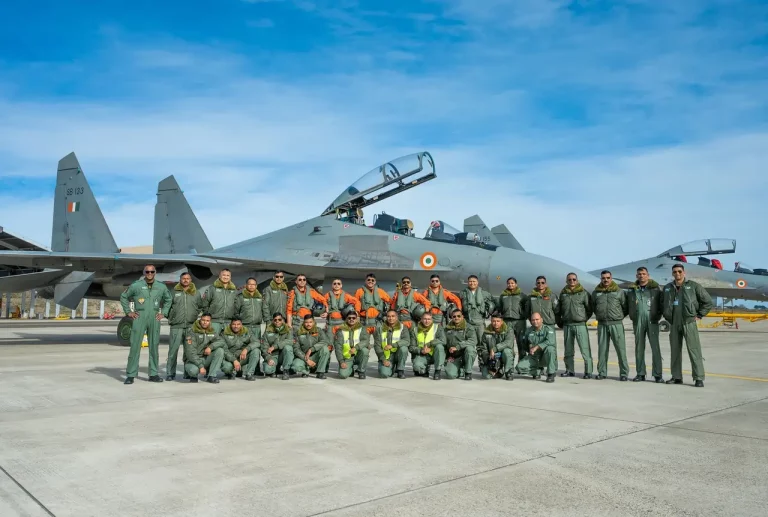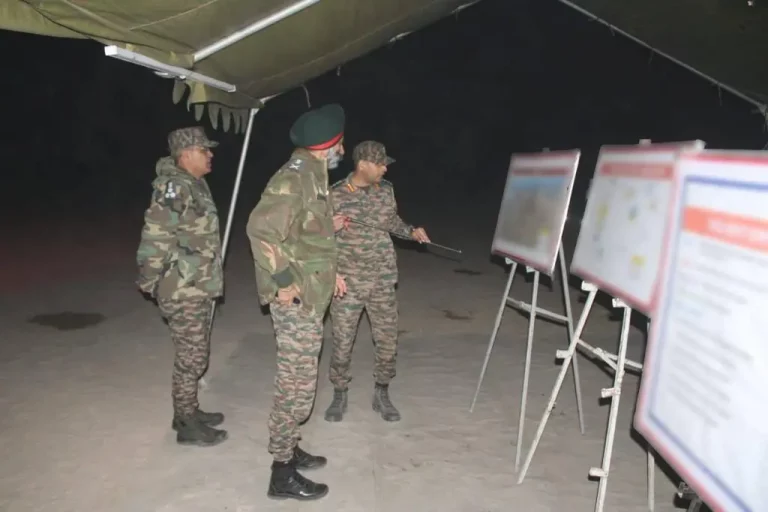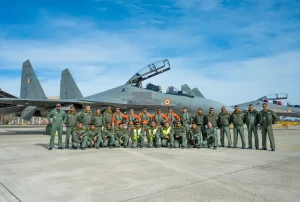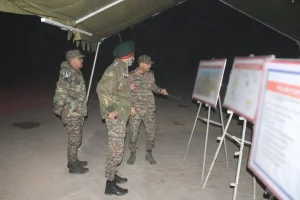In a decisive response to the recent terrorist attack in Pahalgam, the Indian Armed Forces initiated Operation Sindoor early Tuesday morning, targeting critical terrorist infrastructure across Pakistan and Pakistan-occupied Jammu and Kashmir (PoJK). The Ministry of Defence confirmed that precision strikes were executed against nine identified sites serving as operational bases for cross-border terror groups.
This military operation came in the wake of the April 22 attack in Baisaran Valley, which resulted in the deaths of 25 Indian citizens along with one Nepali national, predominantly non-Muslim tourists. Indian intelligence reports indicated that the attackers were affiliated with Pakistan-based organizations and armed with advanced weaponry, including M4 carbines and AK-47s. The incident provoked a wave of outrage across India, amplifying concerns over security measures in the region.
An official statement from the Ministry emphasized that Operation Sindoor was designed as a targeted and measured response, affirming that it focused exclusively on terrorist-associated locations while avoiding Pakistani military installations. The intent was clear: to confront the terrorism threat without escalating conflict.
The targeted sites were reportedly linked to both past and anticipated terrorist attacks, including the recent Pahalgam incident. Preliminary intelligence suggests that the operation met its tactical objectives without resulting in civilian casualties, allaying some fears regarding collateral damage.
The brutality of the Pahalgam attack had exposed significant gaps in security coordination, prompting the Indian government to expedite efforts to enhance domestic and cross-border counterterrorism measures. The attack coincided with the earlier reopening of the region to tourists, a decision now under scrutiny for insufficient security planning.
Comparisons have been drawn between Operation Sindoor and the 2019 Balakot airstrikes, which followed the Pulwama attack. Observers note a shift in India’s military strategy, with this operation being characterized as more precise and informed by intelligence. Defence analyst Lt. Gen. (Retd.) R.S. Panag remarked that, unlike Balakot, which faced criticism for its limited tactical outcomes, Operation Sindoor is being portrayed as a more effective retaliation against specific threats.
Tensions along the Line of Control (LoC) have been escalating, as Pakistan undertakes military exercises and deploys newly acquired Chinese weaponry near critical posts. There has also been a marked increase in ceasefire violations reported in early May.
The timing of Operation Sindoor coincided with the controversial extradition of Tahawwur Rana, a former Pakistan Army officer implicated in the 2008 Mumbai terror attacks. His transfer from the U.S. to India has further strained relations between New Delhi and Islamabad.
In the aftermath of the Pahalgam attack, a rare but united response emerged from Kashmir’s political and civilian groups. Protests erupted in Srinagar, Pulwama, and Anantnag, with demonstrators underscoring that the violence contradicted the region’s traditional spirit of communal harmony, known as Kashmiriyat.
An all-party meeting convened by the Indian government on April 24 aimed to build consensus on counterterrorism objectives, thereby informing opposition leaders about the evolving security situation and ensuring transparency in the government’s actions.
As more details of Operation Sindoor are revealed, global observers are keenly assessing whether these developments may lead to increased tensions or potential avenues for de-escalation. India has reiterated its commitment to combat terrorism responsibly, emphasizing that its efforts are directed against extremist elements rather than the Pakistani populace or government.
A comprehensive briefing from the Ministry of Defence is anticipated later today, which is expected to provide further insights into the operational specifics and the overarching direction of India’s security policy moving forward.
















